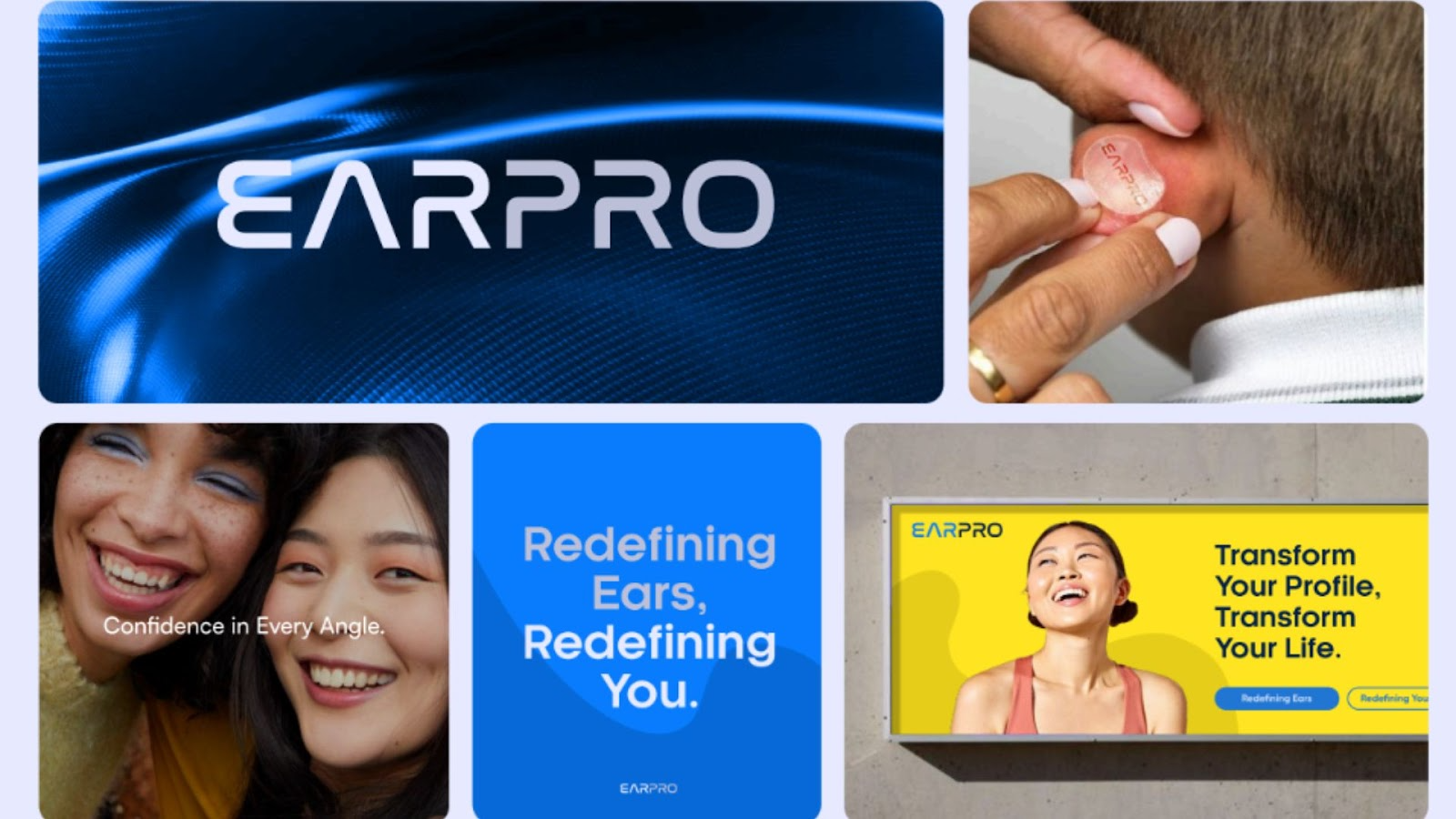.svg)
.svg)
.svg)
.svg)
.svg)
.svg)
.svg)
.svg)
Book a call and get unlimited revisions for your project!
.webp)
.svg)

As a founder, your brand is your promise, delivered personally. But what happens when you can't be at every touchpoint? When a customer unboxes a product or lands on your website, you're not there to tell your story. This is where brand consistency steps in. It's not just a marketing rulebook; it's the system that scales your voice, your values, and your vision. For you, the founder, creating this unified experience across the physical and digital worlds isn't about micromanagement. It's about building a brand that can be trusted to deliver your promise, even when you're not in the room.
In today's crowded market, customers interact with your brand in more ways than ever before, from the physical packaging of your product to the layout of your website. This is why learning how to build a consistent brand across physical and digital touchpoints is no longer just good practice; it's essential for survival and growth. A unified brand experience builds trust, fosters recognition, and turns casual buyers into loyal fans. Without it, you risk sending mixed signals that confuse customers and dilute your message.
For retail brands in competitive sectors like food & beverage, fashion, and wellness, a consistent brand identity is the glue that holds the customer experience together. It ensures that whether someone is unboxing your product at home or scrolling through your Instagram feed, they are interacting with the same brand. This guide offers practical steps to create a seamless cross-channel brand experience that strengthens your market position.
A consistent brand does more than just look professional; it directly impacts your bottom line. When customers see the same logos, colors, and messaging everywhere, it builds a sense of reliability and trust. Studies show that a significant portion of a company's business comes from repeat customers, and keeping them is far cheaper than acquiring new ones. A cohesive brand presence makes your business memorable, helping you stand out from the competition and encouraging that all-important customer loyalty.
This consistency signals that your brand is stable and well-managed, which is particularly important for founders and marketing heads at both startups and established companies who value reliability. It forms the foundation of a strong omnichannel brand strategy, where every customer interaction, big or small, reinforces your core identity.
.webp)
Brand touchpoints are any point of interaction between a customer and your business. They can be broken down into two main categories: physical and digital. Achieving brand message alignment requires understanding how to manage both.
These are the real-world interactions that customers can see, touch, and feel. For retail brands, these are incredibly important and often form the first impression.
These are the interactions that happen on screens. In the digital age, these touchpoints are often the most frequent.
To achieve brand message alignment across all these touchpoints, you need a clearly defined brand identity. This is more than just a logo; it's a complete system of visual and verbal cues.
Your visual elements are often the first thing customers notice. A strong visual system ensures your brand is immediately recognizable.
How you communicate is just as important as how you look. Your brand's voice should reflect its personality.

The goal is to make the transition from your physical to your digital presence feel natural and seamless. A customer who loves your in-store aesthetic should find a website that delivers the same feeling.
Achieving this requires a commitment to an omnichannel brand strategy. For example, the minimalist, clean design of your skincare product's packaging, perhaps designed by a top packaging agency in Delhi, should be mirrored in the clean, uncluttered layout of your website. The playful and vibrant colors you use on your Instagram feed should match the energy inside your physical store. This is how you align offline and online branding effectively.
A great example of this is seen in the work done for The Oak Age, where every element of the branding was carefully crafted to tell a consistent story.
Creating a cohesive brand presence doesn’t happen by chance. It requires a strategic approach. Here are some practical steps to get started:
Feeling overwhelmed? A branding partner can help you develop and implement these systems. At Confetti, we specialize in creating integrated brand experiences for retail companies. If you're ready to build a stronger brand, book a call with us today.
Even with the best intentions, brands can make mistakes that lead to an inconsistent experience. Here are a few common traps to avoid:

Maintaining a consistent brand across dozens of platforms is much easier with the right tools. Here are a few types of platforms that can help:
Some brands are masters of creating a cohesive brand presence.
Apple is a prime example. From the minimalist design of their stores to the sleek packaging of their products and the clean interface of their website, every touchpoint feels distinctly Apple. The experience is consistent, premium, and instantly recognizable.
Glossier, a modern beauty brand, has built a cult following through its consistent branding. Their signature pink, minimalist packaging, and friendly, community-driven tone of voice are present across their website, social media, and physical pop-up shops. This has helped them create a powerful and unified brand world.
Building and maintaining a consistent brand across all physical and digital touchpoints is a continuous effort, but it's one of the most valuable investments you can make. A consistent brand builds trust, drives loyalty, and creates a memorable experience that sets you apart in a crowded marketplace.
By defining your brand identity, creating a style guide, and using the right tools, you can ensure that every interaction a customer has with your business is a positive and reinforcing one. This commitment to an integrated brand communication strategy will pay dividends in the long run, leading to sustainable growth.
Creating a powerful, consistent brand is what we do best at Confetti. As a specialized agency for retail, we understand the unique challenges faced by brands in the food, fashion, and wellness spaces. We offer comprehensive services in branding, packaging, and AI photography to be the one-stop shop your brand needs.
If you’re ready to build a brand that is cohesive, memorable, and effective, book a call with our team today.
Why is brand consistency important for business growth?
Brand consistency is crucial because it builds trust, recognition, and customer loyalty. When customers have a reliable and familiar experience with your brand, they are more likely to make repeat purchases and recommend you to others, which directly contributes to higher revenue and sustainable growth.
How can I align my physical store branding with my website?
To align your physical and digital storefronts, use the same visual and verbal identity in both places. This means applying the same color palette, typography, imagery style, and brand voice to your website design as you do to your in-store decor, signage, and overall atmosphere. The goal is a seamless transition for the customer.
What are the biggest mistakes brands make with touchpoints?
How do I measure brand consistency?
Which tools help maintain branding across platforms?
Several tools can help, including Digital Asset Management (DAM) systems for organizing assets, design platforms for creating on-brand templates, and project management tools to streamline creative workflows and approvals.
Lorem ipsum dolor sit amet, consectetur adipiscing elit, sed do eiusmod tempor incididunt ut labore et dolore magna aliqua. Ut enim ad minim veniam, quis nostrud exercitation ullamco laboris nisi ut aliquip ex ea commodo consequat. Duis aute irure dolor in reprehenderit in voluptate velit esse cillum dolore eu fugiat nulla pariatur.
Block quote
Ordered list
Unordered list
Bold text
Emphasis
Superscript
Subscript


.svg)